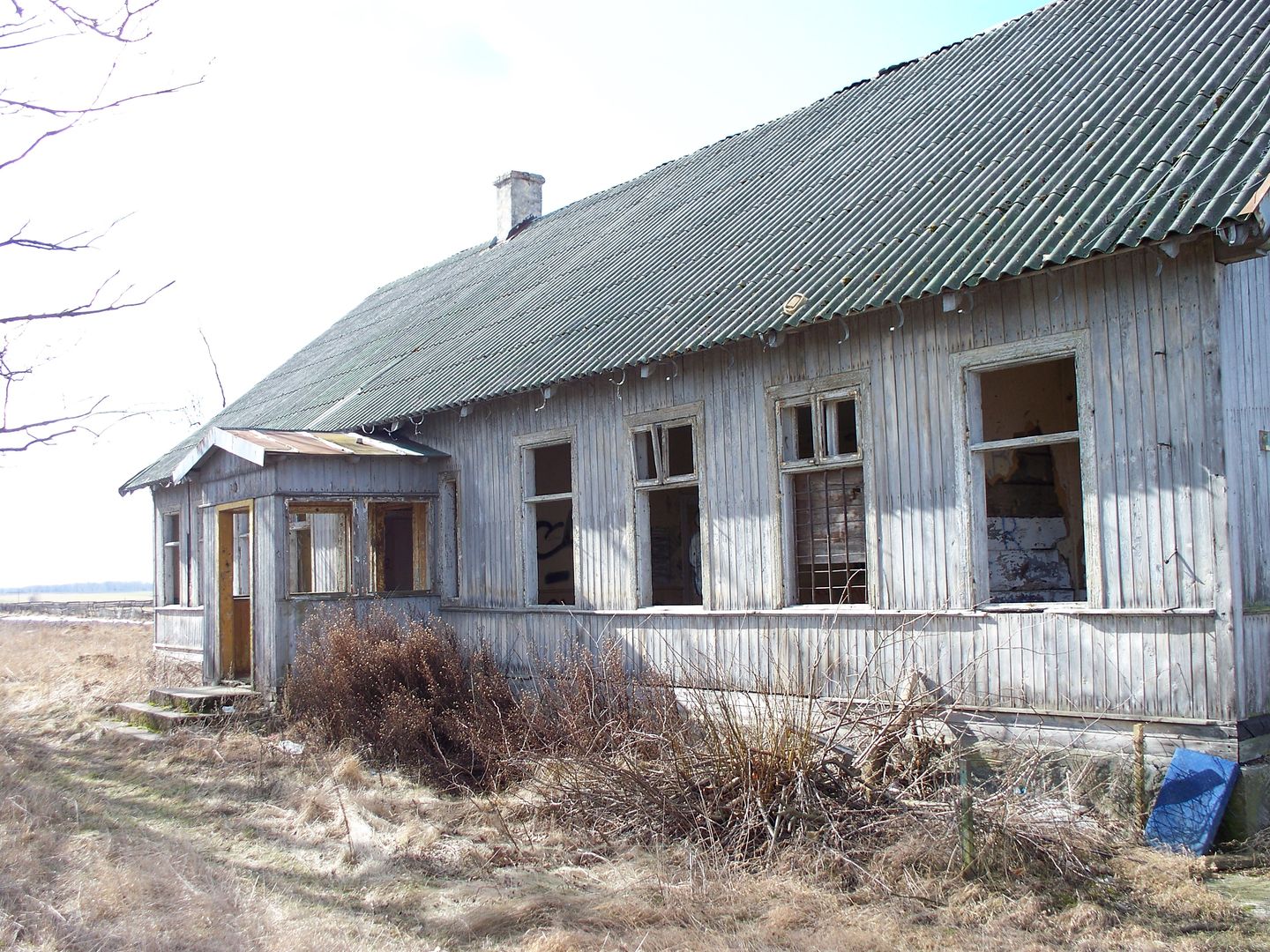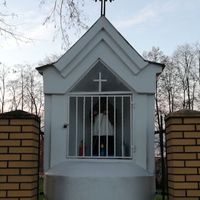High Mazowieckie
7.56

Overview
Wysokie Mazowieckie is a rural municipality in the Podlaskie Voivodeship, within the Wysokie Mazowieckie County, with its seat located in the town of Wysokie Mazowieckie. This municipality boasts a rich history dating back to the times of the Piast dynasty, when these lands formed the border between Masovia and Ruthenia. The exact date of the settlement's establishment is unknown, but it is known that in the 15th century, King Casimir IV Jagiellon founded the settlement of Wysokie, and later the town of Wysokie was granted Magdeburg rights, which contributed to its prosperity in the 16th century. The municipality is situated on the Wysokie Mazowieckie Upland, with a characteristic terrain elevation of up to 150 meters above sea level. It is surrounded by diverse valleys, such as the Upper Narew Valley and the Bug River Valley. The municipality covers an area of 166.11 km², dominated by agricultural land (72%) and forests (23%). Wysokie Mazowieckie has a well-developed road infrastructure, with important national and regional routes, as well as proximity to the railway line connecting Warsaw and Białystok. The municipality meets its energy needs and is implementing gasification development. Approximately 5,183 people live in the municipality, and the local culture includes traditions related to agriculture and the region's history. The municipality is known for villages such as Jabłonka Kościelna, Mścichy, and Tybory-Kamianka, which offer diverse recreational opportunities. As part of the Green Lungs of Poland, the Wysokie Mazowieckie Municipality is an important area with prospects for both residents and tourists, combining rich cultural heritage with modern amenities.
Location
You can also find here:
2025 Wizytor | All Rights Reserved
